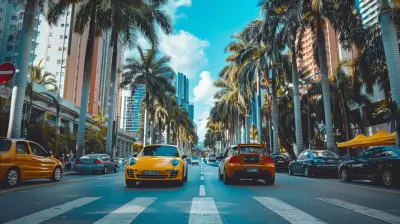Historic Ports and Harbors: Their Role in Shaping Civilizations
20 August 2025
Ports and harbors have been the ultimate game-changers in human history. Think about it—before planes and trains, we had ships. And where did those ships dock? Right, at ports! These waterfront havens weren’t just places to load and unload cargo; they were the beating hearts of trade, culture, and innovation. From ancient times to modern days, these harbors have seen empires rise, fall, and reshuffle the world order. Buckle up, because we’re about to set sail on a journey through time to unravel the undeniable influence of historic ports and harbors!
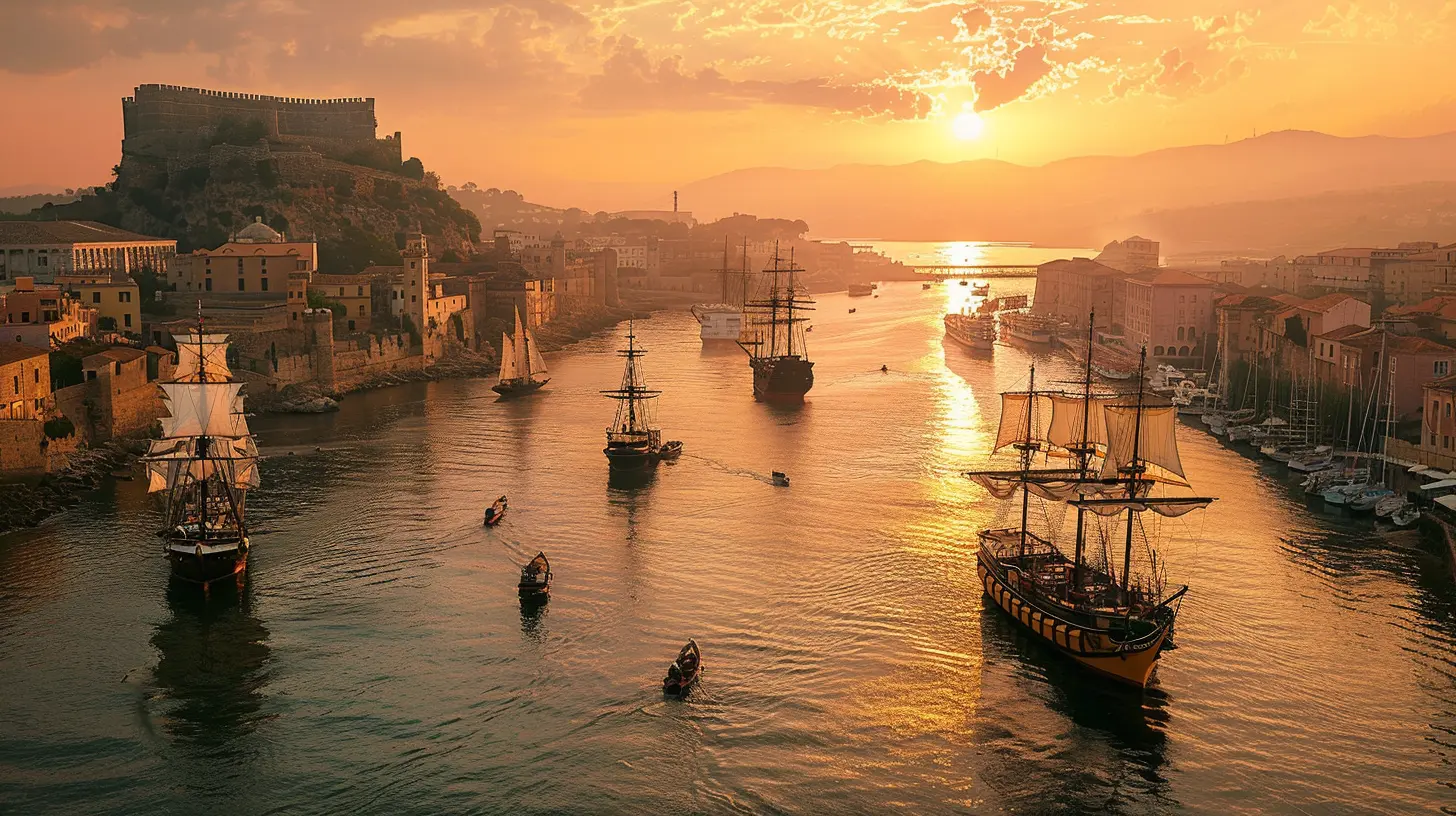
The Birth of Ports: More Than Just Docking Stations
Ports didn’t just appear out of nowhere. They were strategically built where water met land in a way that made trade and transportation easier. The earliest ports were simple—just a stretch of beach where boats could pull up. But as civilizations grew, so did the complexity of these maritime hubs.Ancient civilizations like the Egyptians, Phoenicians, Greeks, and Romans understood the importance of ports. They developed sophisticated harbors that not only boosted their economies but also allowed cultures to intermingle in ways that would shape history.
1. Egypt's Port of Alexandria: The Gateway of Knowledge
Ah, Alexandria—the superstar of the ancient world! Established by Alexander the Great (hence the name), this port was more than just a place to unload shipments. It was a hub of knowledge, home to the legendary Library of Alexandria. Traders, philosophers, and scholars from across the world docked here, bringing with them new ideas, goods, and technologies.Without Alexandria’s strategic port, the exchange of knowledge between East and West might have been much slower. Can you imagine a world where some of the greatest philosophical and scientific ideas took centuries longer to spread? No thanks!
2. The Phoenician Ports: The OG Seafarers
The Phoenicians were absolute legends when it came to maritime trade. Their ports, like Tyre and Sidon, were instrumental in shaping the Mediterranean trade routes. These seafaring merchants didn’t just trade goods—they spread knowledge, languages, and even alphabets. Yes, the Phoenicians practically handed the alphabet to the Greeks, which eventually influenced the way we write today.These port cities were also known for purple dye, made from murex shells (basically, tiny sea snails). This dye was so expensive that it became a symbol of royalty—hence the phrase “royal purple.” So, the next time you see a king or queen draped in purple, thank the Phoenicians’ ports!
3. Greece and Its Maritime Empire: Piraeus
Athens wouldn’t have been the powerhouse it was without Piraeus, its main port. This bustling harbor was the center of trade, allowing Athens to import grain and export its famed olive oil, wines, and pottery.But here’s where it gets juicy—Piraeus wasn’t just about economic transactions; it was also a defense stronghold. The famous Long Walls connected Piraeus to Athens, ensuring that even if the city was under siege, supply lines remained open via the port. Talk about strategic brilliance!
4. Rome’s Ostia: Feeding an Empire
You know what they say—Rome wasn’t built in a day, and it sure as heck wasn’t fed in a day either. Rome needed a constant supply of food to sustain its massive population, and that’s where Ostia came in.Ostia was Rome’s primary seaport, ensuring grain from Egypt and other parts of the empire reached the capital. Without Ostia, keeping Rome’s population fed would have been like trying to fill a bottomless pit. The port also played a crucial role in military logistics, helping transport troops and supplies.
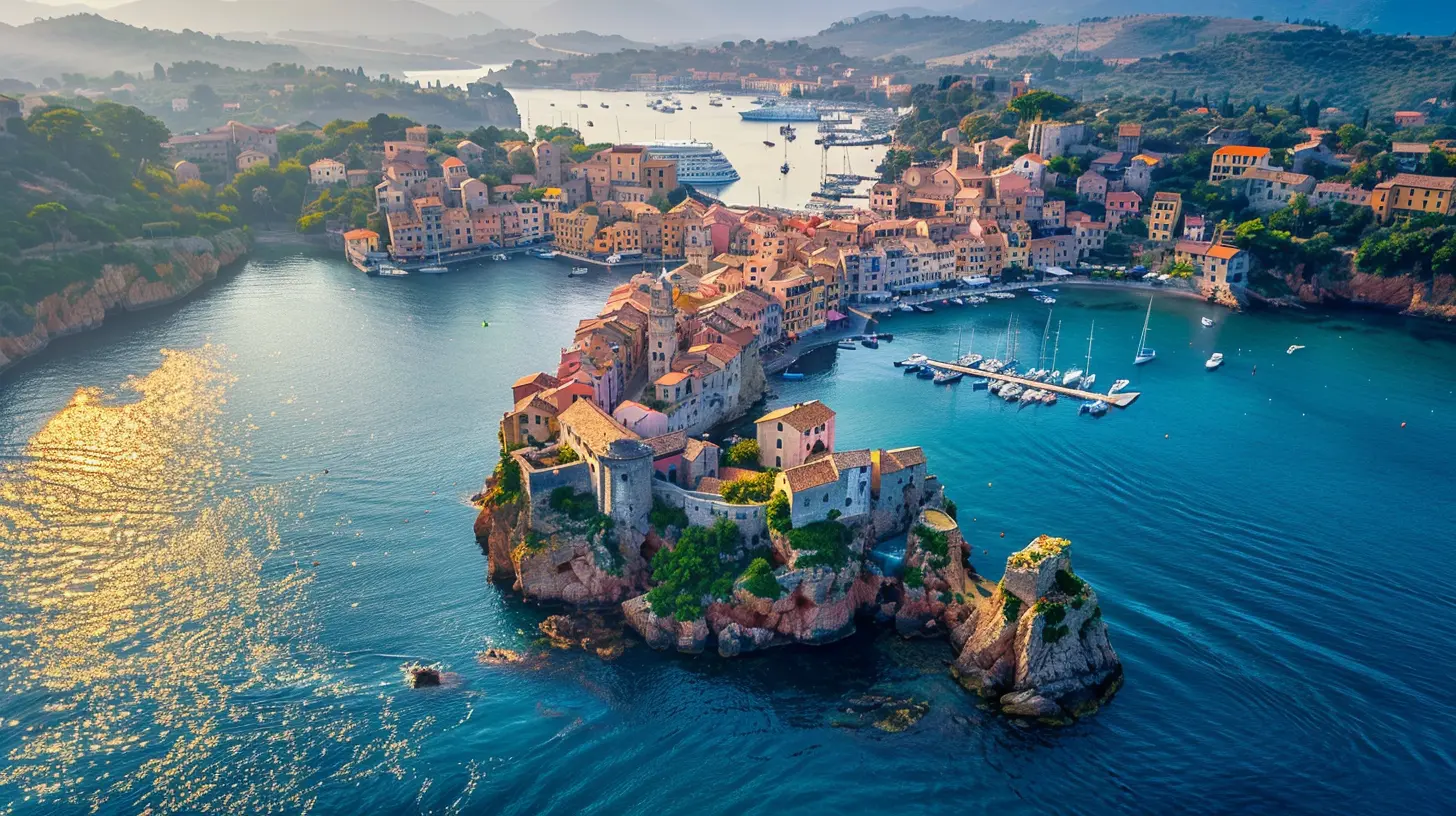
The Middle Ages: Ports as Power Players
Fast forward to the medieval era, and ports took on an even greater role. Trade leagues, naval battles, and global exploration—yep, these harbors were at the center of it all.5. Venice: The Merchant Republic
If there was ever a port that ruled the medieval world, it was Venice. This floating city was an economic titan, controlling trade routes between Europe and the East. Silk, spices, and exotic goods made their way through Venice, making the city ridiculously wealthy.The secret sauce? Venice’s navy and its strategic location. The Venetian Arsenal—one of the world's earliest ship production facilities—allowed Venice to dominate the seas. Imagine an ancient ship factory churning out warships like a 15th-century assembly line!
6. The Hanseatic League: A Network of Ports
If you think the concept of networking is new, think again. The Hanseatic League was a medieval trade alliance that connected major port cities like Lübeck, Hamburg, and Bruges. This league controlled trade in the North and Baltic Seas, setting regulations, standardizing weights and measures, and ensuring safe shipping routes.Without the Hanseatic ports, Northern Europe’s economy wouldn’t have flourished the way it did. Think of it as the medieval version of Amazon, but with wooden ships and logbooks instead of high-tech warehouses and drones.
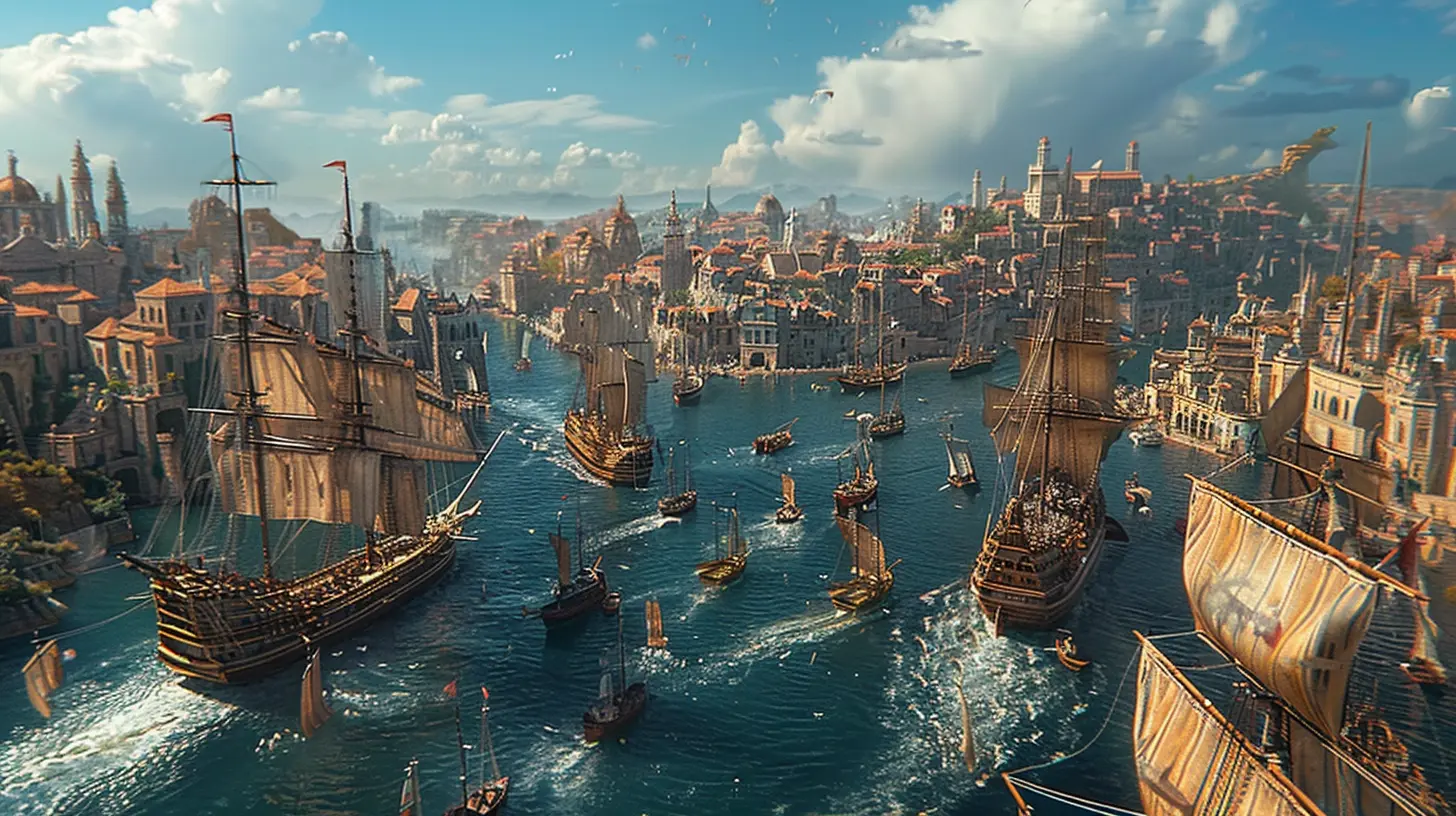
The Age of Discovery: Ports as Launchpads for Empire-Building
Then came the 15th and 16th centuries—when nations set sail to “discover” new lands (or, let’s be honest, colonize them). Ports became the launchpads for global exploration, trade, and, unfortunately, exploitation.7. Lisbon: The Birthplace of Global Trade
Portugal was one of the first European nations to explore the world, and Lisbon was its starting point. Vasco da Gama set sail from here, opening trade routes with India. Lisbon became a bustling hub, bringing in exotic goods like spices, silks, and gold.With riches flowing in, Portugal established its empire, controlling key ports in Africa, India, and beyond. Without Lisbon’s port, Portugal wouldn’t have become a maritime superpower.
8. Amsterdam: The Financial Powerhouse
By the 17th century, Amsterdam’s port was the beating heart of global commerce. The Dutch East India Company (VOC) ran the show, turning Amsterdam into a financial and trade behemoth. Ships loaded with spices, textiles, and tea arrived daily, making the city one of the wealthiest in Europe.Amsterdam’s port was also home to the first-ever stock exchange. Yep, modern finance owes a lot to this harbor town!
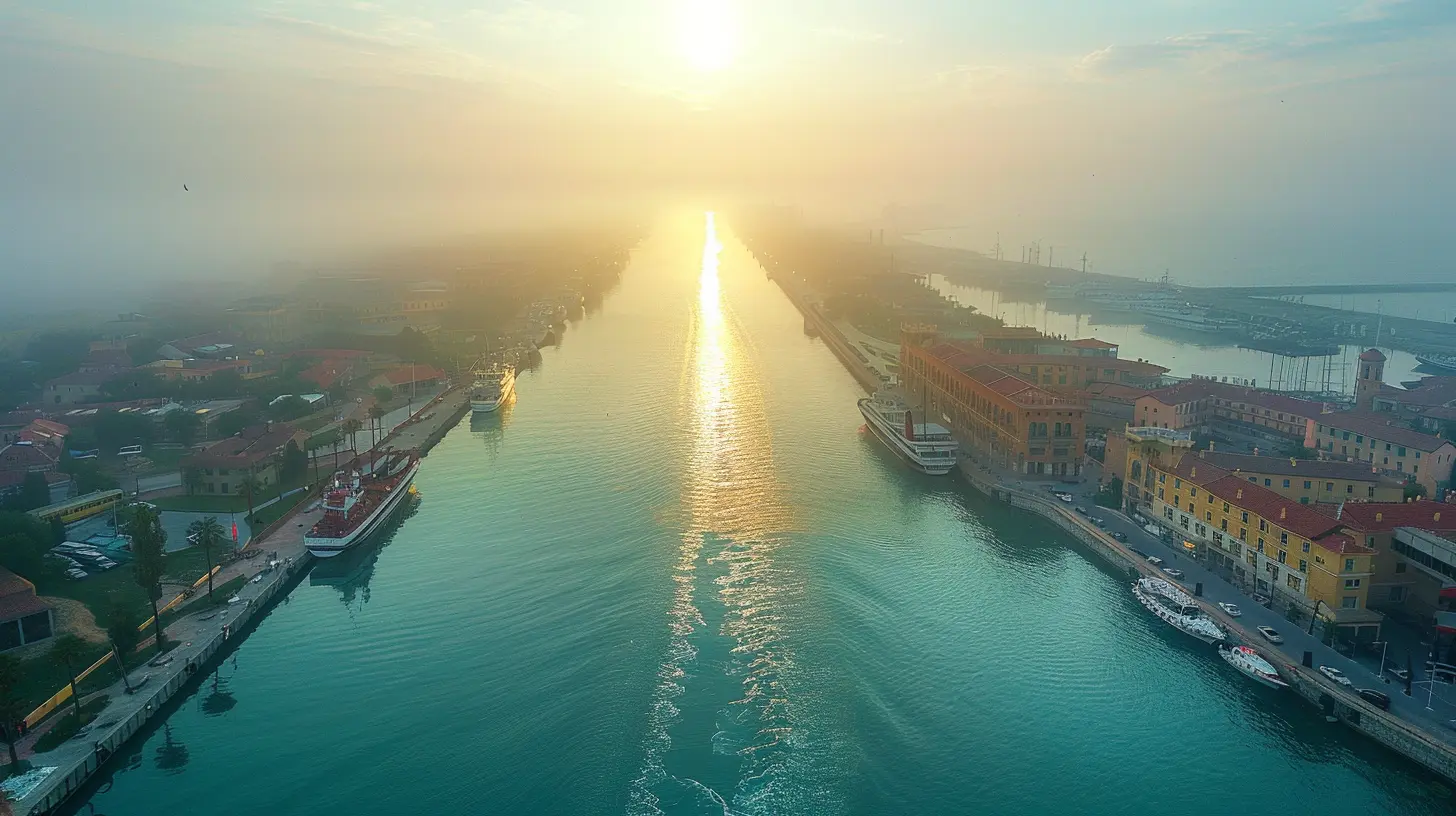
Modern Times: Ports as Global Trade Connectors
Fast forward to today, and ports are still the lifeblood of global commerce. Instead of wooden sailing ships, we’ve got massive container ships carrying everything from cars to electronics.9. New York Harbor: The Immigrant Gateway
During the late 19th and early 20th centuries, New York Harbor wasn’t just about trade—it was the gateway to America. Ellis Island, located within the harbor, welcomed millions of immigrants seeking a new life.This port set the stage for the cultural melting pot that is modern-day America. Without it, the U.S. wouldn’t be the diverse powerhouse it is today.
10. Singapore: The Modern Maritime Giant
Singapore’s port is now one of the busiest in the world. Thanks to its strategic location between the Indian and Pacific Oceans, this tiny nation became an economic giant. Today, Singapore’s port connects goods across Asia, Europe, and the Americas, proving that ports are still very much the backbone of trade.Final Thoughts
From ancient Alexandria to modern Singapore, ports and harbors have been the silent architects of civilization. They’ve fueled economies, spread cultures, ignited wars, and built empires. Without them, our world would be a very different place. So, the next time you see a port, take a moment to appreciate its role in shaping history.Because let’s be real—ports aren’t just places where ships come and go. They are where civilizations are made.
all images in this post were generated using AI tools
Category:
Historical SitesAuthor:

Kelly Hall
Discussion
rate this article
1 comments
Zephyrwind Cruz
What a fascinating exploration of historic ports and harbors! It's incredible to think about how these bustling hubs shaped trade, culture, and innovation throughout civilization. I’m eager to learn more about the unique stories behind each port and how they continue to influence modern society today!
August 25, 2025 at 3:54 AM

Kelly Hall
Thank you! I'm glad you found the exploration captivating. Each port indeed holds unique stories that have significantly influenced trade and culture, shaping our modern world in profound ways. Stay tuned for more insights!
